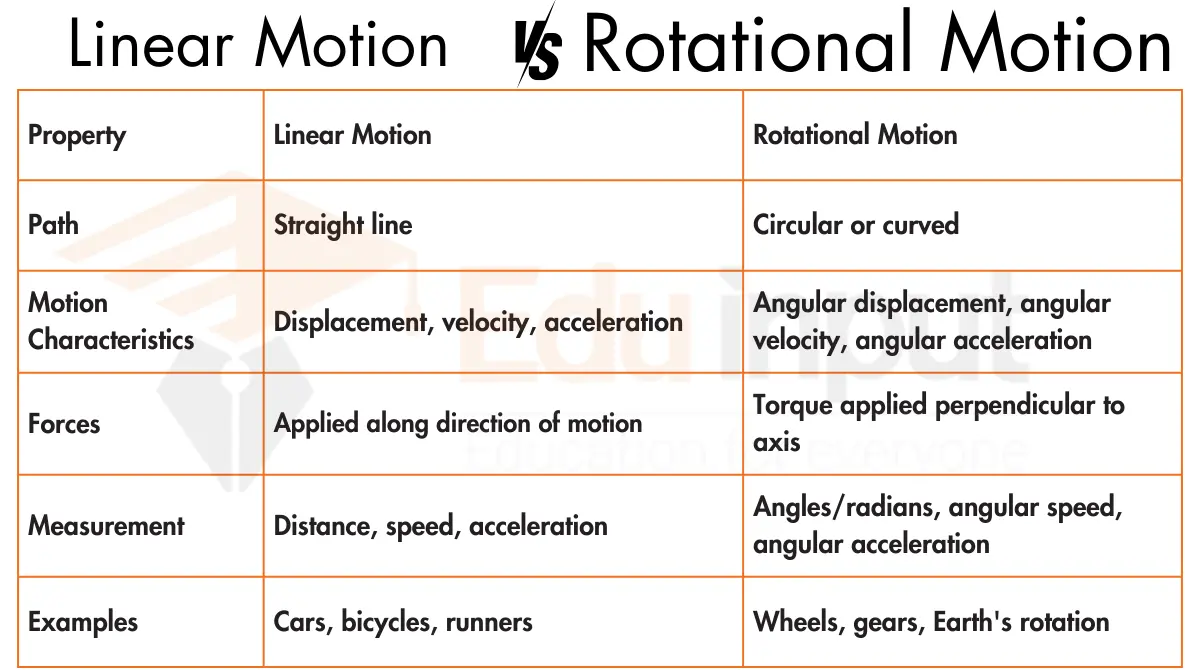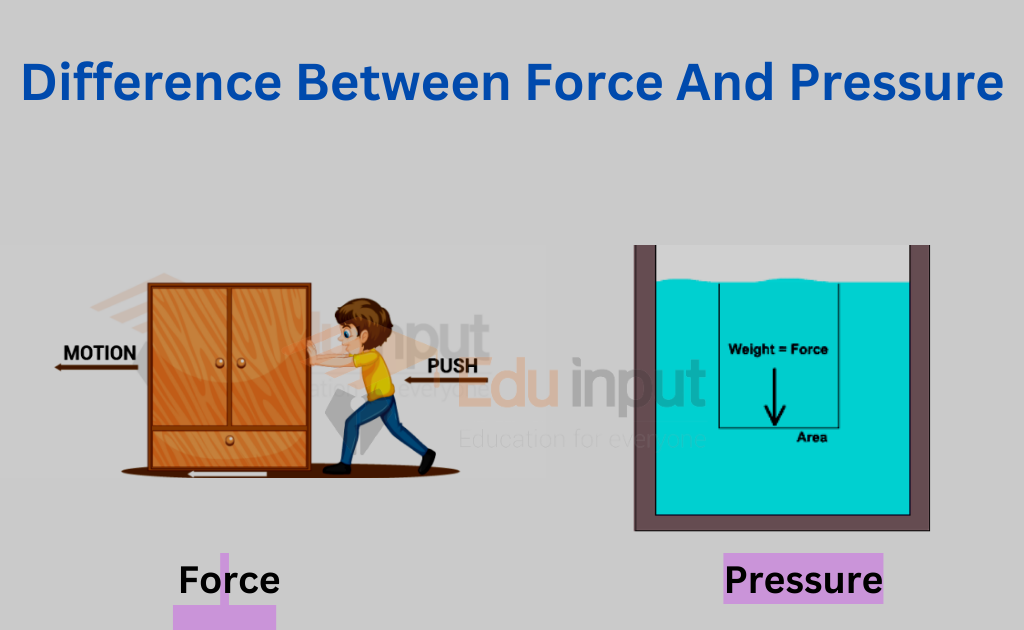Difference Between Hardening and Quenching
Key Difference: Hardening and quenching are both heat treatment processes used in metallurgy to enhance the properties of metals, but they differ in their specific purposes and methods. Hardening is a comprehensive process that involves heating the metal to a high temperature followed by rapid cooling to increase its hardness and strength. Quenching is a critical part of the hardening process and refers specifically to the rapid cooling phase. In quenching, the metal is rapidly cooled from a high temperature, typically by immersion in water, oil, or another cooling medium. This rapid cooling transforms the metal’s microstructure, leading to increased hardness.
Comparative Analysis:
- Process Purpose:
- Hardening: Increases the hardness and strength of the entire metal.
- Quenching: Specifically refers to the rapid cooling phase to achieve a specific microstructural change.
- Procedure:
- Hardening: Involves both heating to a high temperature and subsequent rapid cooling.
- Quenching: The method of rapid cooling, usually through immersion in a cooling medium.
- Metallic Properties Affected:
- Hardening: Affects hardness, strength, and sometimes brittleness.
- Quenching: Primarily increases hardness and can induce brittleness.
- Applications:
- Hardening: Used for tools, blades, and structural components requiring high strength.
- Quenching: A crucial step in hardening and tempering processes.
- Heat Treatment Phases:
- Hardening: Overall process including heating and cooling.
- Quenching: Part of the hardening process, specifically the cooling phase.
Table Summary of Difference Between Hardening vs Quenching
| Feature | Hardening | Quenching |
|---|---|---|
| Purpose | Enhance hardness and strength | Rapid cooling for microstructure change |
| Procedure | Heating and rapid cooling | Rapid cooling phase of hardening |
| Properties Affected | Hardness, strength, brittleness | Hardness, induces brittleness |
| Applications | Tools, blades, structural components | Integral part of hardening and tempering |
| Heat Treatment Phase | Overall process | Specific cooling phase |

 written by
written by 




Leave a Reply